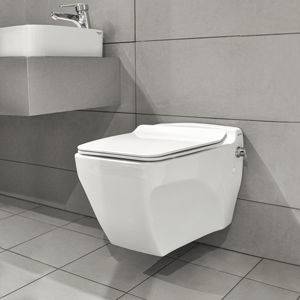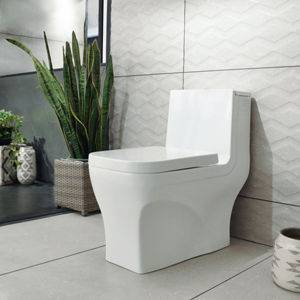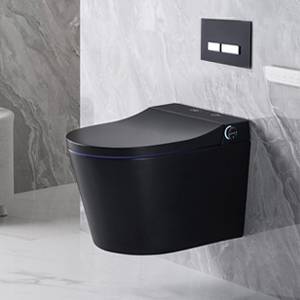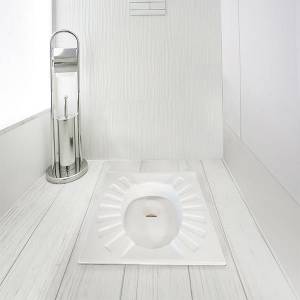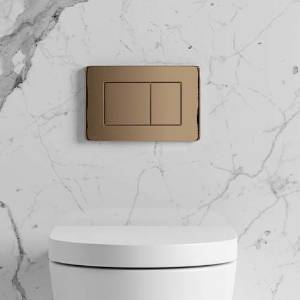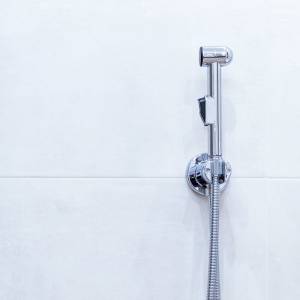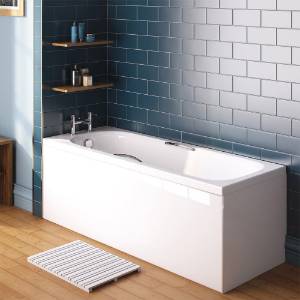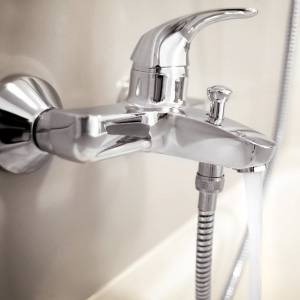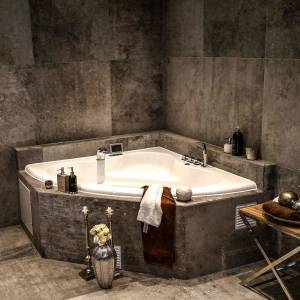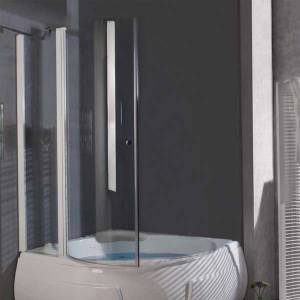Although they belong to the same family, porcelain and ceramic tiles are more like cousins than twins.
Some people will use the terms ‘porcelain’ and ‘ceramic’ tiles interchangeably, but there are a few differences. This means one might be a little more advantageous for your project. Just something to keep in mind.
Depending on how you plan to use your space, porcelain or ceramic tiles may suit you better. Here’s how they differ and where they’re best used.
A QUICK COMPARISON
The main difference between porcelain and ceramic tile is the rate of water they absorb. Porcelain tiles absorb less than 0.5% of water whilst ceramic and other non-porcelain tiles will absorb more.
This is down to the stuff used to make porcelain tiles. The clay is denser and so less porous. It affects how the tiles behave, and what they’re best used for.
Here’s a helpful overview of the key things that make each tile what it is. We like to help where we can!
PORCELAIN VS CERAMIC TILES
Ceramic | Porcelain | |
Construction (how are they made) | Made with red, brown or white clay. | Made with white clay, sand, and feldspar. |
Pros | Easier to use | Absorbs less water. |
Cons | It can be prone to cracking in cold weather. | More brittle. |
Best used for | Walls and floors. |
|
Price | More expensive. | |
Ease of cutting | Easy to cut and shape. | It can be difficult to cut. |
Interior / Exterior use | Interior only. | Exterior and interior. |




